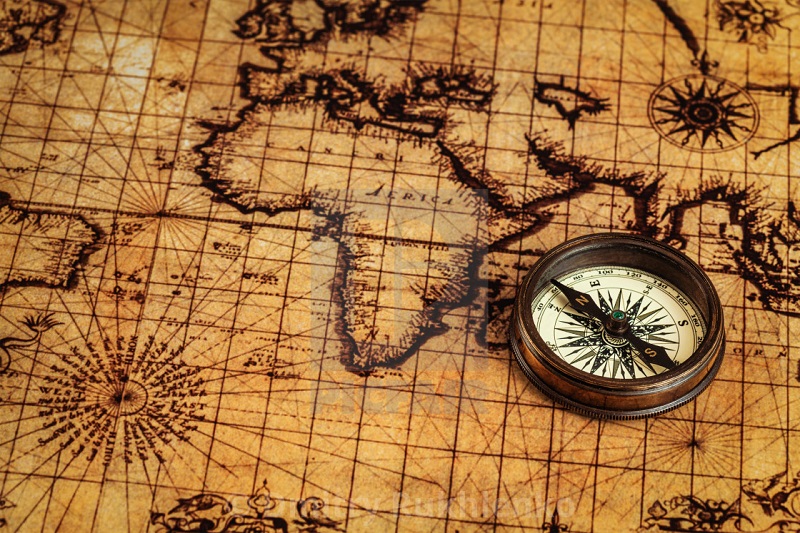The Remarkable Story of Polynesian Navigators’ Extraordinary Journeys and the Resurgence of Traditional Seafaring
Polynesian voyagers accomplished incredible feats of navigation, crossing vast stretches of the Pacific Ocean and settling remote islands using only their knowledge of the stars, waves, currents, clouds, seabird flights, and other natural cues. These skilled navigators reached as far as Hawaii, Easter Island, and New Zealand, and evidence suggests they may have even reached mainland South America and potentially North America prior to Christopher Columbus. In this article, we delve into the fascinating history of Polynesian navigation, their technological advancements, and the recent revival of traditional seafaring practices.
Origins and Expansion: According to linguistic, genetic, and archaeological data, Polynesian ancestors originated in Taiwan and subsequently migrated south to the Philippines, New Guinea, and the Bismarck Archipelago. By around 1300 B.C., a distinct culture known as the Lapita emerged, marked by their distinctive pottery. The Lapita people began their eastward expansion, reaching the Solomon Islands, Vanuatu, New Caledonia, Fiji, and beyond. However, further expansion was hindered due to longer distances and challenging winds and currents.
Technological Innovations: During a significant pause in Polynesian expansion, the inhabitants of Tonga and Samoa developed a unique Polynesian culture and honed their navigation skills. They invented double-hulled canoes, constructed with coconut fiber rope and sails woven from pandanus leaves. These advanced vessels, up to 60 feet long, enabled them to carry settlers, livestock, and crops. With the technological and navigational capabilities of these canoes, Polynesian voyagers were prepared to venture further into the Pacific.
The Great Wave of Polynesian Expansion: Around A.D. 900 or 950, the great wave of Polynesian expansion began. Skilled voyagers, known as wayfinders, discovered and settled the Cook Islands, Society Islands, Marquesas Islands, and eventually reached Hawaii and New Zealand by approximately 1250. They explored over 1,000 islands across a staggering 10 million square miles of the Pacific Ocean. The Polynesians’ navigation abilities were unparalleled, especially considering the vastness of the Pacific and the lack of comparable accomplishments by other seafaring cultures of the time.
Interconnections and Cultural Significance: Although the Polynesians did not have a system of writing, they passed down oral stories that provide insights into their migrations and interconnections. Various island chains maintained ties with each other, fostering relationships and shared cultural practices. Despite the distinct characteristics of each island, such as the giant stone statues on Easter Island, all Polynesians spoke related languages, worshipped a similar pantheon of gods, and constructed ritual sites with shared features. The Polynesian voyagers left an indelible mark on the Pacific.
Evidence of Polynesian Contact with the Americas: Mounting evidence suggests that Polynesians crossed the entire Pacific to reach mainland South America. Easter Island, located a mere 2,200 miles off the South American coast, presents a strong case for contact with the continent. Genetic studies have shown that Polynesians carry a small amount of DNA from indigenous South Americans, indicating contact occurred approximately 800 years ago. Archaeological findings, such as the presence of South American plants and poultry bones from Chile, further support the hypothesis of Polynesian arrival in the Americas.
Revival of Traditional Seafaring: In recent years, there has been a revival of traditional Polynesian seafaring practices. The Polynesian Voyaging Society, founded in 197

